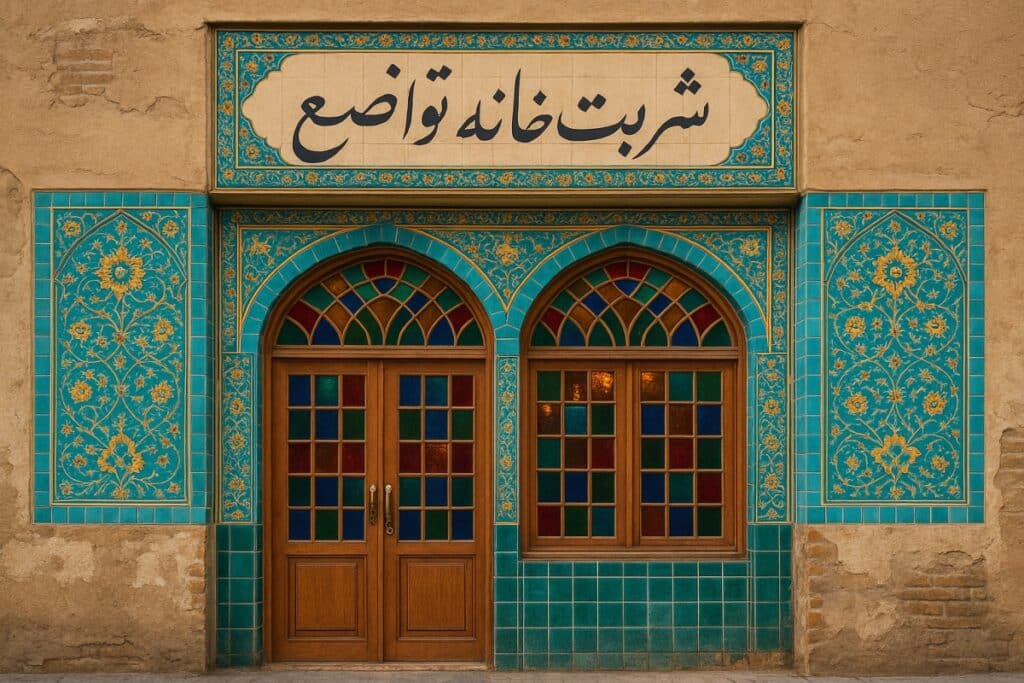-
×
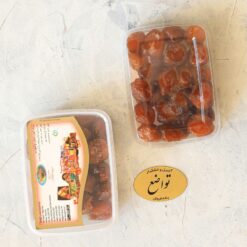 Dried prune
6,99 €
Dried prune
6,99 €
Everything About Sharbat and the Cultural Charm of Sharbat Houses
Sharbat isn’t just a drink, it’s a feeling. These traditional summer beverages, often infused with delicate floral waters or herbal essences, have long turned the hottest days into moments of pure refreshment. Their bright colors and nostalgic flavors remind us of simpler times: maybe a chilled glass of rosewater and saffron sharbat at a family gathering, or a sip of minty sekanjabin under the summer sun. But behind the sweet taste lies a history filled with culture, community, and the timeless joy of coming together. Let’s dive into the story of sharbat and the charming spaces once known as sharbat houses.
Sharbat Houses: Origins and Why They Came to Be
Long before air conditioning and modern cafés, people found relief from summer heat in spaces called sharbat houses, traditional refreshment spots offering cool, revitalizing drinks. These places popped up across busy cities, often near bazaars or gathering points, offering a welcome break from the sweltering streets.
But they were much more than drink stands. Sharbat houses became little cultural hubs, places where people relaxed, chatted about their day, and reconnected with neighbors. The drinks served were usually made with natural ingredients like saffron, rosewater, mint, or vinegar, offering both delicious flavor and health benefits. Many were herbal, aimed at cooling the body, aiding digestion, or simply soothing the nerves after a long day.

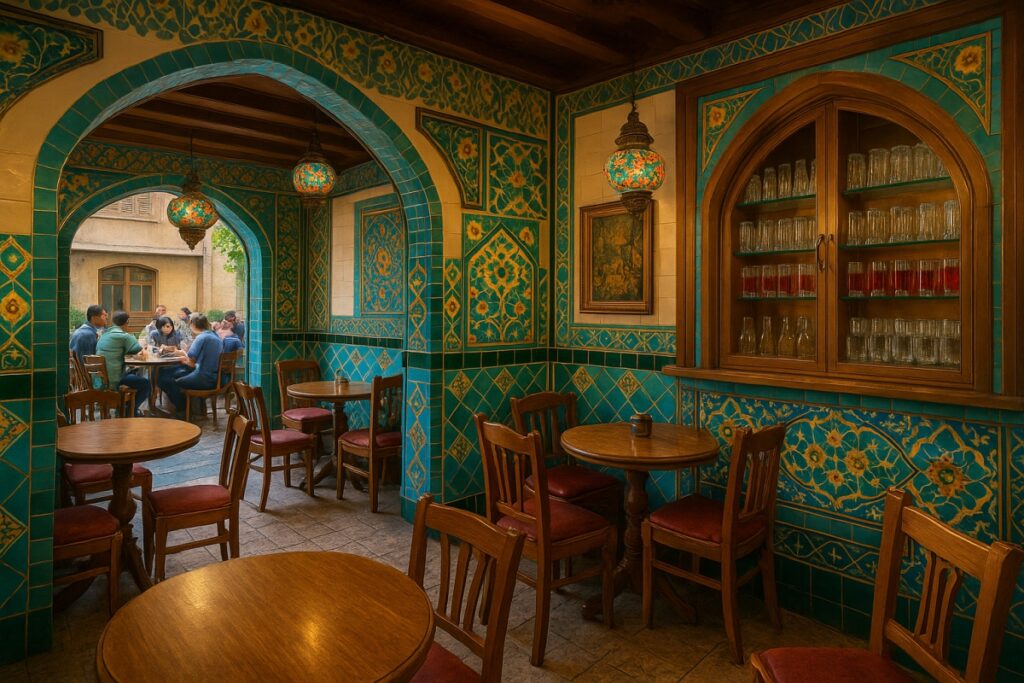
The Social Life of a Sharbat House
In earlier times, a visit to a sharbat house wasn’t just about quenching thirst, it was about slowing down. These places found their way into poems and stories, becoming part of the cultural imagination. People gathered there not only to enjoy a cold drink, but to share news, discuss politics, or simply pass the time.
Through different eras, sharbat houses stood as symbols of ease and connection. They offered a kind of everyday retreat, a space to rest and enjoy a moment of calm. Today, their spirit lives on in modern cafés and tea houses that take inspiration from their design, atmosphere, and approach to hospitality.
Now that we’ve explored the history and culture of sharbat houses, let’s take a look at some of the most popular sharbats people still enjoy today. Known for their refreshing nature and herbal benefits, these drinks are summertime staples:
Saffron Sharbat: A golden, fragrant blend of saffron, rosewater, and sugar syrup. It’s soothing, aromatic, and deeply comforting, often seen as a luxurious choice.

Lemon Sharbat: Sweet and tangy, this simple classic is perfect on a hot day. Often enriched with rosewater or basil seeds, it’s hydrating and packed with vitamin C.

Khakshir Sharbat (Summer Cress Drink): Made from tiny reddish seeds and often mixed with rosewater, this herbal cooler has a mild, earthy taste and is known for its cooling and detoxifying properties.
Sekanjabin Sharbat: A refreshing mix of vinegar, mint, and sugar syrup. With its balance of tang and sweetness, it’s a digestive favorite and a summer essential.
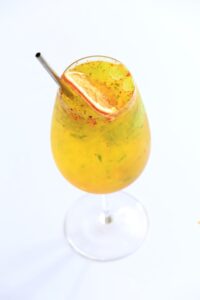
Sour Cherry Sharbat: Sweet and sour with a deep ruby color, this sharbat is not only delicious but also packed with antioxidants and known for its anti-inflammatory properties.
Plum Sharbat: Tart, fruity, and deeply satisfying, plum sharbat is a natural thirst-quencher and also supports liver and digestive health.
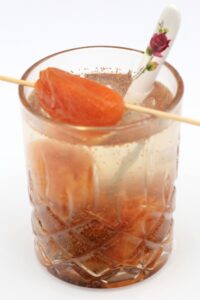
In the End:
Sharbats -and the houses once built to serve them- represent more than just a way to cool down. They reflect a culture of hospitality, connection, and simple pleasure. In days gone by, gathering in a sharbat house wasn’t just about grabbing a drink, it was a social ritual, a place where conversations started and communities came alive.
Whether you prefer the nostalgia of an old-style sharbat house or the vibe of a modern café, the essence remains the same: slowing down, sharing a drink, and savoring the moment.
